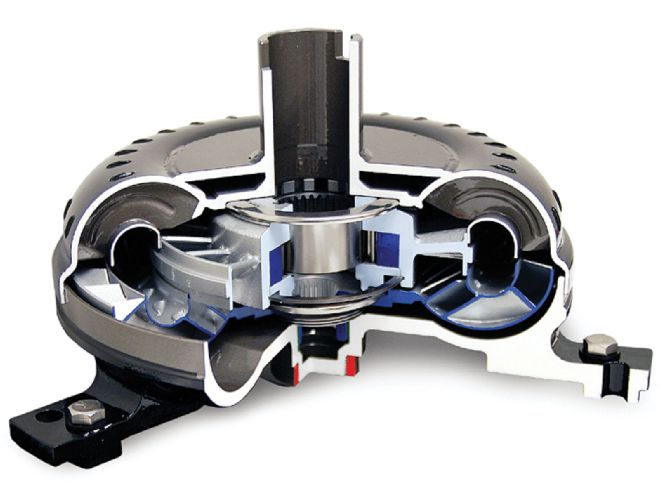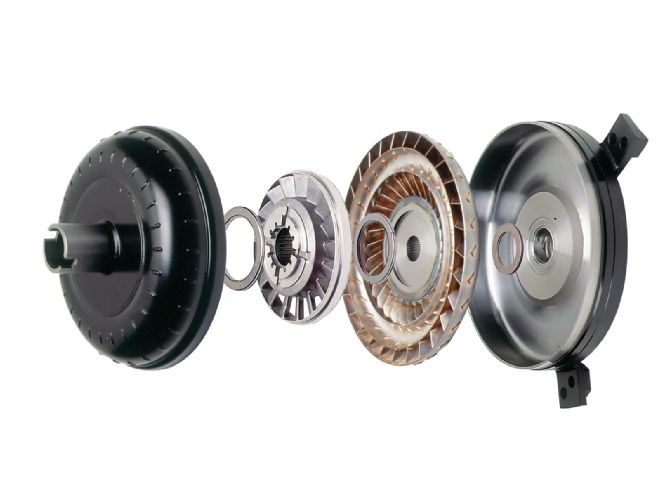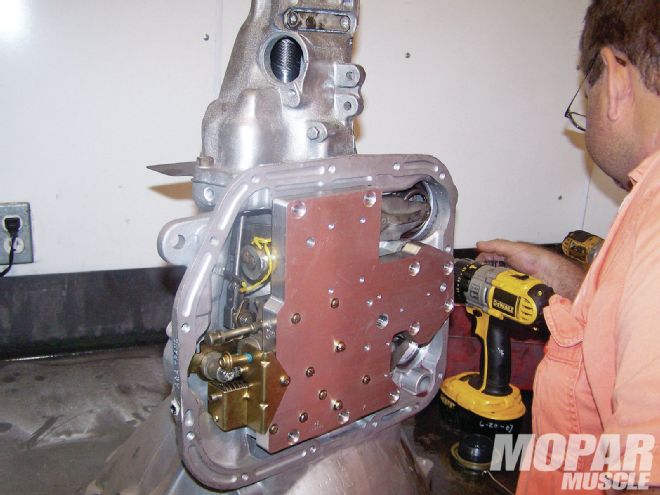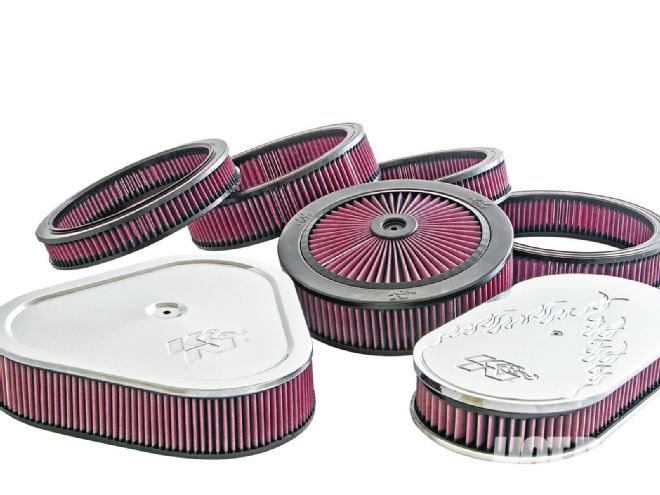
 The inner workings of a torque converter are widely considered "black magic" by most enthusiasts and even mechanics. This month we'll clear up some misconceptions and show you how this "fluid coupler" actually works.
The inner workings of a torque converter are widely considered "black magic" by most enthusiasts and even mechanics. This month we'll clear up some misconceptions and show you how this "fluid coupler" actually works.
Most Mopar enthusiasts are somewhat technically minded people, and understand the principles of the parts that make their car or truck perform like it should. There are some parts of Mopars, however, that most of us just don't get the chance to understand fully and one of those parts is the torque converter of the automatic transmission. Last month we described the 904 transmission that we'll be installing behind a late-model Hemi engine in our 2010 Dodge Challenger bracket car, and this month we'll address design and operation of the stall converter that we'll use to couple the engine to the transmission.
By design, a car's torque converter (or stall converter) is a fluid coupler between the car's engine and transmission, and the main functions are to allow the car to idle without killing the engine and provide a smooth start from a standstill. The converter also serves several functions including isolating the transmission and drive train, and dampening the uneven power pulses from the engine in a similar way to the compression springs in a manual transmission's clutch disc. The torque converter also has the ability to multiply torque, allowing the vehicle to accelerate more quickly with a torque converter than with a mechanical coupler (clutch), all else being equal.
 01. Last month we built a 904, which will be installed behind the late-model Hemi engine in our 2010 Dodge Challenger bracket car. And while the engine and transmission are important parts of the racecar’s combination, the proper torque converter is key for hard launches and consistent reaction and 60-foot times.
01. Last month we built a 904, which will be installed behind the late-model Hemi engine in our 2010 Dodge Challenger bracket car. And while the engine and transmission are important parts of the racecar’s combination, the proper torque converter is key for hard launches and consistent reaction and 60-foot times.
The internal workings of the torque converter are complex and varied, but in simple terms can be described in the following way. If you take two electric fans and face one toward the other, then turn one fan on, the air generated will force the blades of the other fan to turn. Inside the converter, an impeller (driven by the engine) would be the fan that is turned on, and the turbine (connected to the transmission input shaft) would represent the fan whose blades move as a function of that motion. Of course instead of air, the blades in the converter's impeller push transmission fluid, and there is a stationary set of blades between the two, called a stator, which directs the fluid from the impeller to the turbine.
A common misconception regarding torque converters is that the stall speed of a particular converter is constant, but the reality is that stall speed is a variable as a function of the engine's torque. The mathematical constant that decides a converter's stall speed (in rpm) is called the "K" factor, and is derived from the observed stall speed of the converter divided by the square root of the applied torque. This relationship is expressed mathematically is: K=rpm/√torque. Once the K factor for a particular converter is determined, the stall speed can be accurately predicted for engines with different torque levels by simply inputting the engine's torque and K factor into the equation and solving for stall speed.
 02. Not many of us get to see the inner workings of a stall converter, but thanks to ATI we can actually see what’s inside one here. In simple terms, the converter’s impeller forces fluid through a stator to the turbine, which is connected to the transmission’s input shaft.
02. Not many of us get to see the inner workings of a stall converter, but thanks to ATI we can actually see what’s inside one here. In simple terms, the converter’s impeller forces fluid through a stator to the turbine, which is connected to the transmission’s input shaft.
Now that we know the basic design and science behind the torque converter, let's discuss quality and durability. Our latest project is a 2010 Dodge Challenger drag racing car that will be a dedicated bracket racer. Since the car will be somewhat heavy for a racecar, and have a good amount of torque from the 426-inch Indy prepped late-model Hemi engine, we needed a converter with not only the proper stall speed, but that would be durable as well. For our application we chose an ATI Treemaster MRT 8-inch converter, which ATI set up specifically for our application.
A great feature of ATI converters is that they are completely built from scratch, unlike other companies who basically rebuild OEM pieces. ATI's Treemaster series converters are specifically designed for serious drag racing, and custom configured and built for each specific application. The eight-inch unit ATI built us is their MRT (minimum reaction time) Treemaster which features an investment cast cover which is twice as thick as OE stamped covers. This technology allows nearly instant transfer of power to the transmission, for consistent launches especially when used with a trans-brake. All Treemaster converters feature a centerless ground hub, Torrington bearings, precision pump drive tube, furnace brazing of the impeller and turbine fins, and inner blade support, features seldom found in aftermarket converters.
 03. In this exploded view of an ATI converter, you can see the impeller and turbine blades, along with the Torrington internal bearings. Also notice the furnace brazed impeller and turbine fins and inner blade support. ATI manufactures each part of their converters to handle the rigors of drag racing, and doesn’t use any OE parts like some other converter companies. Each ATI converter is custom configured for the specific application to ensure proper performance.
03. In this exploded view of an ATI converter, you can see the impeller and turbine blades, along with the Torrington internal bearings. Also notice the furnace brazed impeller and turbine fins and inner blade support. ATI manufactures each part of their converters to handle the rigors of drag racing, and doesn’t use any OE parts like some other converter companies. Each ATI converter is custom configured for the specific application to ensure proper performance.
Before building our converter, ATI asked a long list of very specific questions in order to make sure they optimized the Treemaster converter to our application. ATI carefully considers vehicle weight, tire size, gear ratio, and whether the car will utilize a trans-brake or foot-brake when being raced. Additionally, ATI requests the engine dyno numbers as well as camshaft specifications to carefully evaluate what diameter and stall speed would be best. We were impressed with ATI's attention to detail, and can't wait to install this converter for some testing. The car is getting close, so be sure to watch future issues of Mopar Muscle to see how our late-model bracket racer performs!
Price Tag Part Cost ATI eight-inch Treemaster converter $891.00 ATI eight-inch Treemaster MRT converter $1,033.00